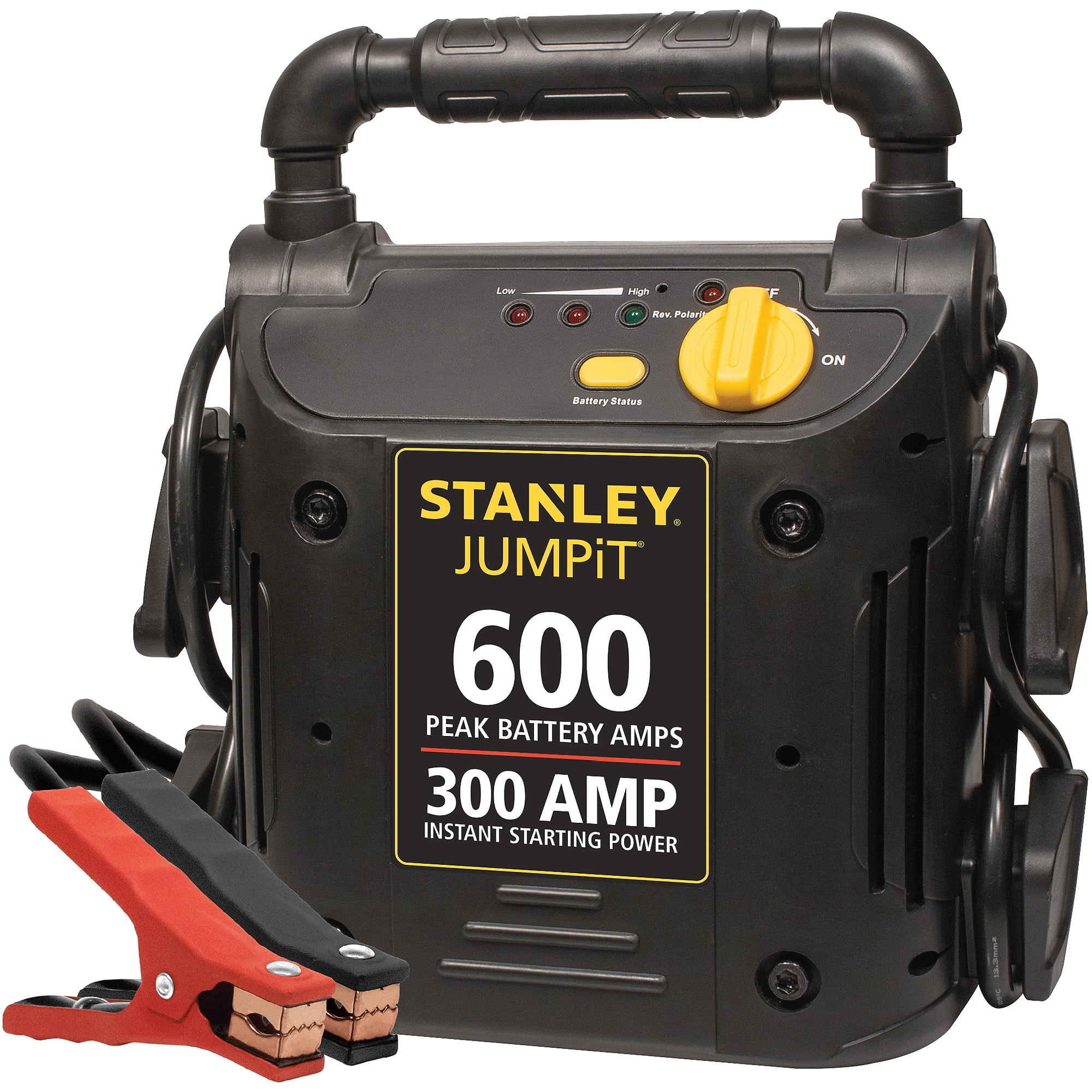mileena
Dec 18, 2017Explorer
Connecting a CPAP machine to a battery?
I have been prescribed a CPAP machine for Obstructive Sleep Apnea. How do I run this while traveling if I don't have a generator or battery?
I am thinking of buying a portable jump starter like this:

I already have a 400 Watt inverter which I can connect to it and which I read is sufficient to power the CPAP machine and humidifier from what I have read. Or can I just use my car battery? Otherwise, I need a battery that is portable since I bring it inside to charge, like at a gym or library.
Also, how do you connect the jumper cable clamps of a portable battery with jumper cables of an inverter like below? It is hard to get a good connection.

Thanks for any help!
I am thinking of buying a portable jump starter like this:

I already have a 400 Watt inverter which I can connect to it and which I read is sufficient to power the CPAP machine and humidifier from what I have read. Or can I just use my car battery? Otherwise, I need a battery that is portable since I bring it inside to charge, like at a gym or library.
Also, how do you connect the jumper cable clamps of a portable battery with jumper cables of an inverter like below? It is hard to get a good connection.

Thanks for any help!